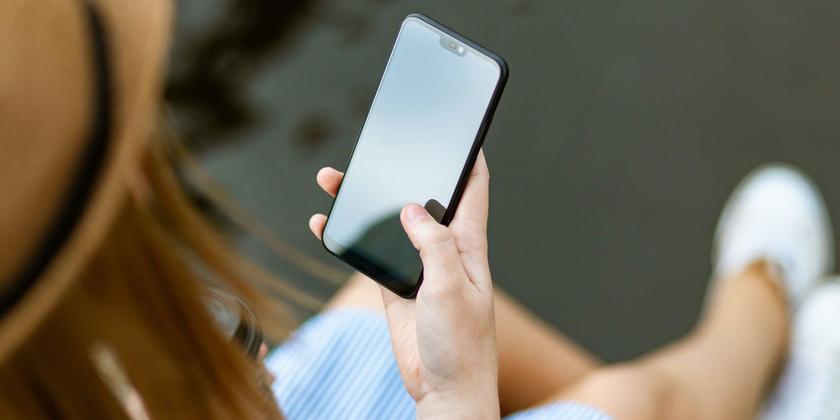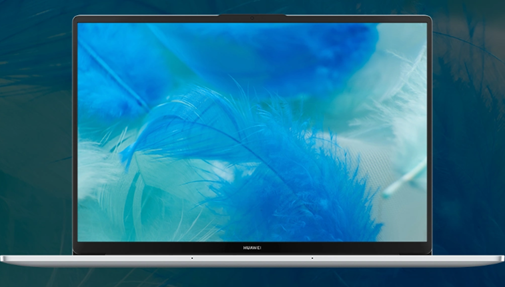www.makeuseof.com The 8 Best iOS Features That Android Still Doesn't Have
Most people consider Android to be the more feature-packed mobile operating system, but although that's true to an extent, Android still doesn't have some features that you get on iOS. In fact, some of these missing features have been an integral part of iOS for years.
If you're someone who's planning to switch from an iPhone to an Android device in the near future, you need to know the software functionalities you'll miss out on. Here, we'll take a look at the best iOS features that Android devices still don't have.
1. AirPlay
AirPlay is one of the biggest features that Android devices are still missing. Since AirPlay is a propriety protocol that Apple developed, we don't expect it to come to Android ever.
Although several third-party apps on the Google Play Store let you wirelessly stream audio and video content from your smartphone, nothing comes close to this built-in solution. This is why we want Google to crack the code and bring similar functionality to Android devices natively.
Back in 2020, Google managed to bring an AirDrop-like functionality, called Nearby Share, to Android 11 devices. So, we won't be surprised if the company is working on something similar to AirPlay for the Android platform.
MAKEUSEOF VIDEO OF THE DAYRead More: How to AirPlay Videos to a Mac With iOS 15 and macOS Monterey
2. FaceTime
FaceTime is Apple's video calling service that comes baked into iOS, iPadOS, and macOS devices. Thanks to its simplicity and seamless functionality, FaceTime is extremely popular among Apple users.
On the bright side, Android users can finally join FaceTime calls from their devices thanks to iOS 15's FaceTime on the web functionality, but you'll still need a friend with an Apple device to actually start the call and share the link with you.
Android devices have access to a similar built-in video calling feature in the form of Google Duo, but it's not nearly as popular since most users rely on third-party apps for video calling. Therefore, we wish Apple would bring the FaceTime app to Android devices at some point down the line.
Related: How to Use FaceTime on Android
3. Drag and Drop
Drag and drop is a feature that iOS devices have had for a few years, but with the recent iOS 15 software update, drag and drop now works system wide. You can drag content from one app and drop it into another to replace the copy and paste action. This works better in iPadOS with Split View and Slide Over.
Apple has managed to perfect drag and drop over the years, but unfortunately, even the latest Android 12 update doesn't offer this functionality, which is quite a bummer.

4. Offloading Apps
Offloading apps is a unique way to save storage on your iPhone. Apple allows iOS users to remove unused apps while keeping their files and data intact, so you don't have to start all over again the next time you install it. You can save gigabytes of storage space by setting an iPhone to offload unused apps automatically.
Unfortunately, Android users don't have access to a similar feature and, therefore, they need to rely on third-party apps to quickly free up space on their devices.
5. Battery Health Check
A few years ago, Apple got into trouble for intentionally slowing down its iPhones to compensate for battery degradation. Shortly after the public backlash, the company introduced a new feature that allows iOS users to conveniently check their iPhone battery health. When battery health goes below 80%, iOS prompts users to get their battery serviced or replaced.
There's no built-in way to check the battery health of an Android device, but you do have other options, which include a third-party app that gives you additional information about the battery.
Related: How to Check Your iPhone's Battery Health
6. iCloud+ Privacy Features
Apple is very strict about user privacy across its devices and, over time, it has made several changes to iOS and the App Store to improve security. Alongside iOS 15, Apple introduced its new iCloud+ service, which introduces two new privacy-oriented features.
The first is Private Relay, a VPN-like service that lets you mask your actual IP address while browsing in Safari. The other is Hide My Email, which allows you to use a random email address while signing up for websites. This random address will forward all the emails it receives to your personal inbox automatically.
Google doesn't have similar features for its Android devices just yet and, as a result, users have to rely on third-party alternatives like VPNs for the time being.
Related: iOS 15 Includes a Hidden VPN for iCloud Subscribers (Sort Of)
7. Shared with You in Messages
Apple has mastered the art of segregating the content you receive in the Messages app with the iOS 15 update. Shared with You works together with Apple's stock apps and puts shared content where it belongs, so it's ready for you when you launch the relevant apps.
For example, let's say your friend shared a link to a webpage. The next time you launch Safari, this particular link will show up under the Shared with You section on your start page.
Google has not yet found a way to smartly integrate content with its stock Messages app and, therefore, you'll have to manually scroll around and find the content your contacts shared with you.
8. Focus Modes
Both Android and iOS have their Do Not Disturb modes, but Apple takes it up a notch with Focus modes in iOS 15. Unlike the regular Do Not Disturb feature that most people are accustomed to, Focus lets you create custom profiles to match your activity throughout the day. You can then choose the contacts and apps you want to filter notifications from.
The best part about Focus is that you can set your iPhone to turn on a profile automatically based on a set time, location, or even an app you use for your workflow. You can even set a custom home page for a Focus mode for a complete experience. And, of course, this feature syncs across all your Apple devices over iCloud.
Related: How to Schedule and Automate Different Focus Modes in iOS 15
On the other hand, Android's Do Not Disturb mode is pretty basic in functionality, offering no app-based activation or multiple profiles. Google does offer a Focus mode, but it works differently and limits you to filtering app notifications when enabled.
There's Still No Clear Winner Between iOS and Android
Comparisons between iOS and Android have been going on forever, but you can safely say there's no clear winner to this day. Sure, iOS acts more like a walled garden, whereas Android is generally more open and feature-packed, but Apple still manages to stand out with the unique set of features above that seamlessly work across its devices.
In the end, the software alone isn't the deciding factor for most people, which is why you'd need to compare the top-of-the-line iPhones with the latest Android flagships to get a better idea on this subject. As much as we love both operating systems, the hardware you choose can go a long way in determining the overall user experience.
iPhone vs. Android: Which Is Right for You? Read NextShareTweetShareEmail Related TopicsAbout The AuthorHamlin Rozario(123 Articles Published)Hamlin is a Floating Editor for MUO who has been in the tech field for nearly five years. Since 2017, his work has appeared on OSXDaily, Beebom, FoneHow, and more. In his free time, he's either working out at the gym or making moves in the crypto space.
MoreFrom Hamlin RozarioJoin our newsletter for tech tips, reviews, free ebooks, and exclusive deals!








